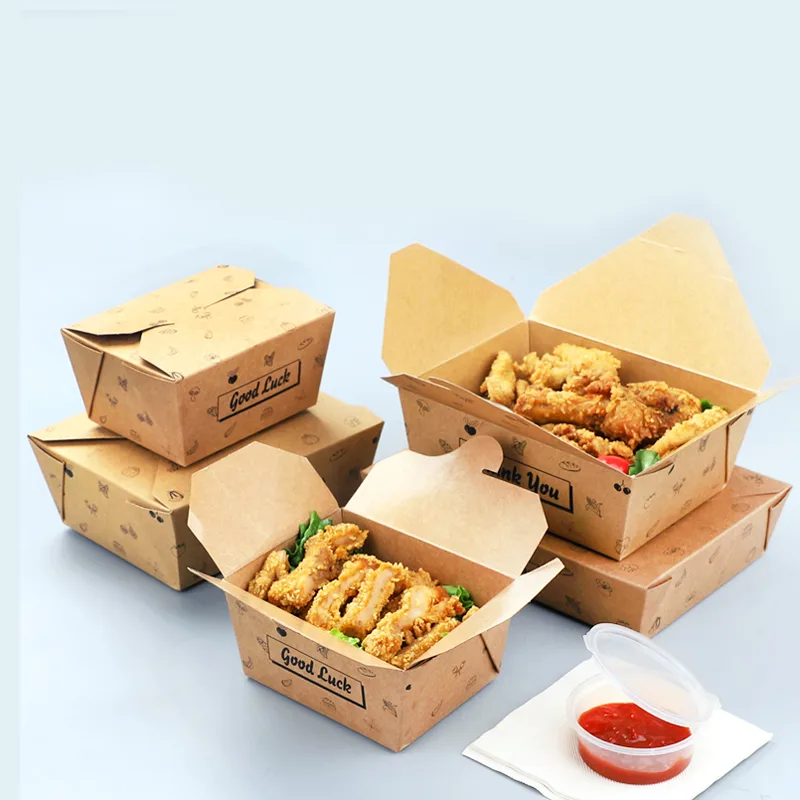Every food business owner has had that moment where you see another brand selling the same thing you sell, maybe jollof rice, parfait, shawarma, small chops, pasta, yet customers praise it like it is made in heaven and willingly pay double. At first, it feels confusing. “Our food even tastes better! Why is theirs more expensive?”
But what most people do not realize is that customers are not only paying for taste. They are paying for what the food feels like. And what food feels like is shaped by psychology: color, texture, plating, packaging, ambience, the serving experience, and even the kind of photographs customers see online.
This is why two parfait brands can use the same ingredients, but one is perceived as “premium” and another as “regular.” Or why one bowl of rice sells for ten thousand naira in a restaurant, and the exact same portion sells for two thousand naira beside a roadside canteen, yet customers believe the expensive one is “finer.”
Food is emotional. Food is sensory. Food is psychological. And if food business owners understand the hidden triggers behind value perception, they can transform their brand without even changing their recipes.
Let us break down the psychology behind why some foods feel expensive.
The Power of Presentation and Plating
Whether you own a home kitchen, a food truck, a restaurant, or an online food brand, presentation is the first thing customers taste, long before the food touches their tongue.
Humans are visual creatures. We judge quality with our eyes before our mouths. Clean plating, balanced colors, thoughtful arrangement, and neatness tell the customer: “This food was made with care.” Care feels expensive.
For example:
A plate of jollof with chicken can look basic when served anyhow. But when the rice is molded neatly, chicken placed thoughtfully, vegetables arranged with intention, and the plate kept clean, the price suddenly feels justified. It is not manipulation; it is human psychology.
The premium restaurants you admire use plating strategically. They amplify freshness, highlight texture, and create a sense of finesse. Even parfait brands like Melonypine understand this, the layers are clean, the fruits are neatly arranged, and nothing looks scattered. This visual order communicates quality.
When customers see beauty, they expect value. Presentation creates that value without adding a single extra ingredient.

Color, Texture, and Sensory Appeal
Certain colors and textures automatically signal “high value” to the brain. Research in psychology shows that people associate vibrancy, freshness, smooth textures, and symmetry with premium food.
This is why:
– Bright, fresh fruit colors make a parfait feel healthier and more expensive.
– Smooth, creamy textures in pasta or sauces look richer to the eye.
– Crispy textures like fried chicken or potatoes trigger excitement.
– Glossy finishes on grilled meals make the food look more “restaurant standard.”
– Warm, rich colors like golden brown, deep red, or creamy white feel luxurious.
Even Nigerian foods benefit from this. Think about:
– A rich, golden smoky jollof.
– A vibrant green efo riro.
– A clean, creamy bowl of yam porridge.
– A perfectly browned suya with bright pepper and onions.
Humans use color and texture to estimate quality subconsciously. When your food looks vibrant, balanced, and appetizing, people immediately perceive it as better, and that perception drives willingness to pay more.

Packaging and the Brand Experience
Sometimes, a simple meal feels expensive not because of what is inside the plate but what is around it. Packaging plays a huge psychological role. Premium brands understand that packaging affects how customers judge taste, freshness, hygiene, and brand identity.
A beautifully sealed box, a clean transparent container, a customized label, neat cutlery, or even a branded sticker can elevate the entire experience.
For example, Home of Tasty Meals sells frozen dishes to Nigerians abroad, and their packaging does half the work. The food arrives well arranged, labelled, and neatly sealed. That experience alone convinces customers that the meals are trustworthy and worth the cost.
Good packaging makes people feel safe. Safe feels high-value.
Even for local deliveries, a well-sealed plate, non-spilling container, clean bag, and thoughtful branding immediately separate your food from “just food.” Customers do not just buy meals; they buy comfort, convenience, trust, and identity.
When people feel proud to carry your food or post it online, they automatically see it as premium.

Some foods feel expensive not because the ingredients are rare or the cooking is complicated but because the brand understands psychology. Presentation shapes perception. Color and texture excite the senses. Packaging creates trust and belonging.
Food business owners who master these elements will always stand out, even in a saturated market. Your food can taste great, but when it also looks great, feels intentional, and arrives beautifully, customers will happily pay more, stay loyal, and speak well of your brand.
When you upgrade perception, you upgrade your value, effortlessly.



